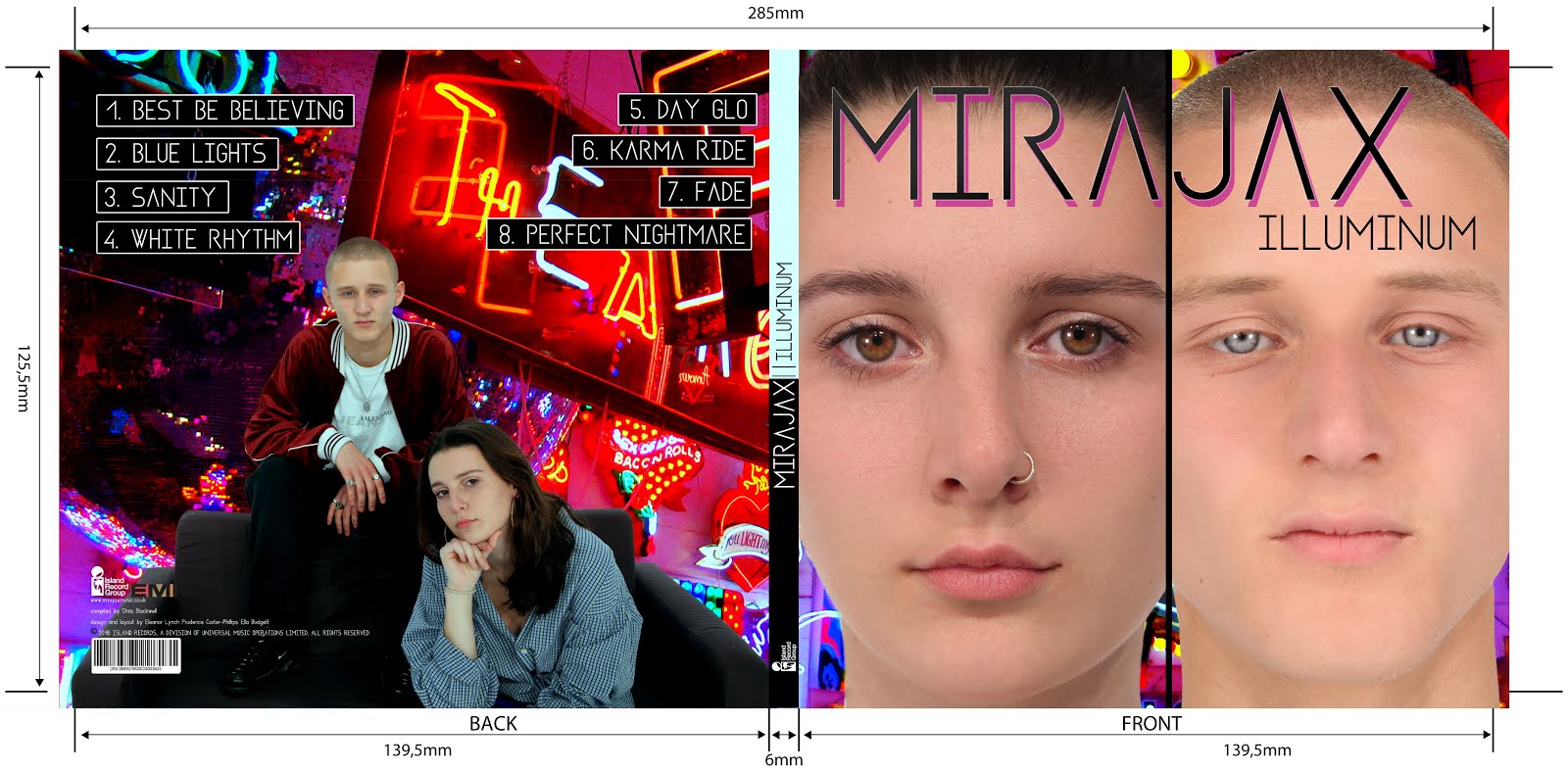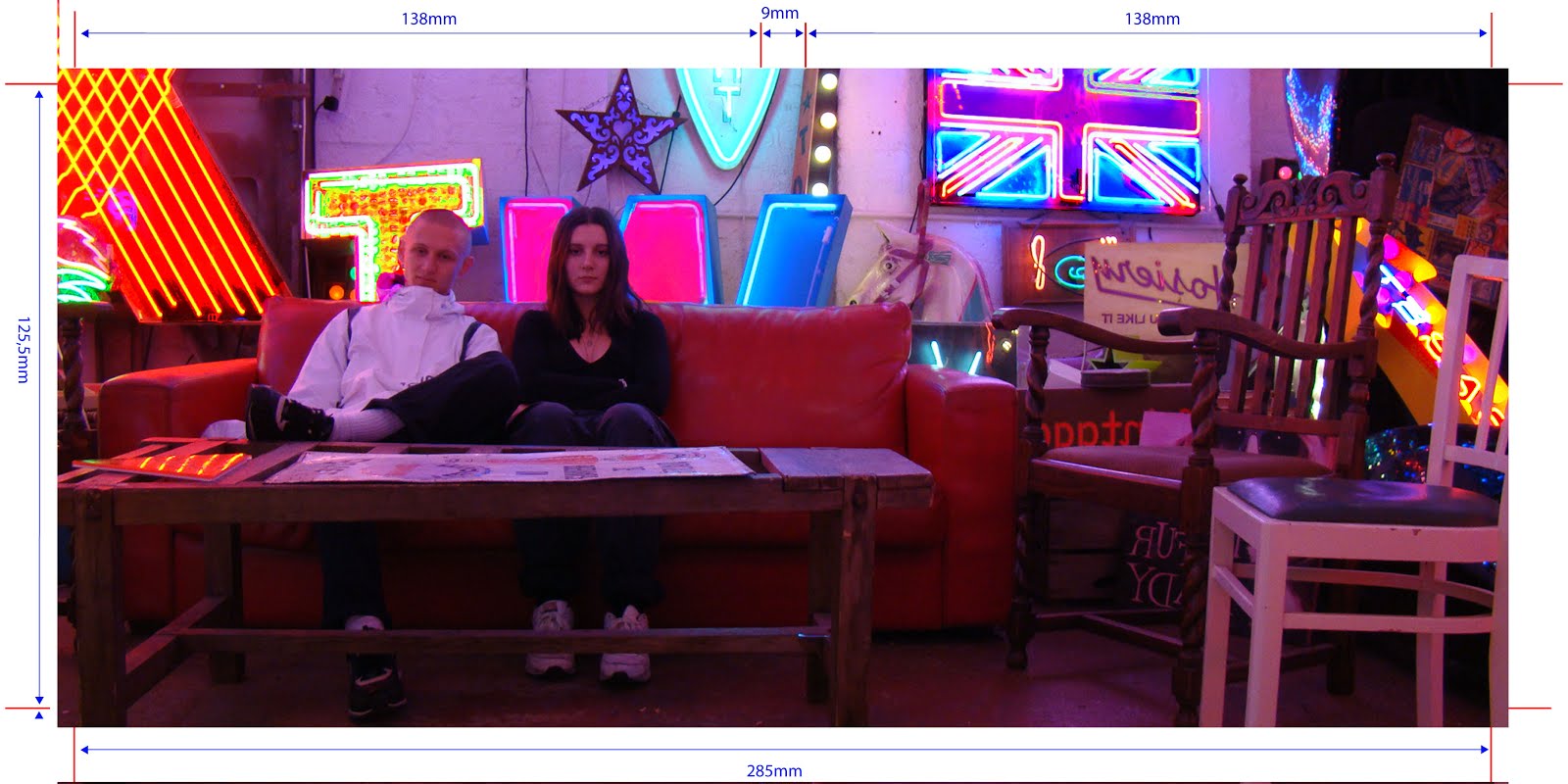" Continuity task involving filming and editing a character opening a door, crossing a room and sitting down in a chair opposite another character, with whom she/he then exchanges a couple of lines of dialogue. This task should demonstrate match on action, shot/reverse shot and the 180 degree rule. "
Production Task Brief
" To produce a 2 minute opening sequence for a fiction film. All video and audio material must be original, produced by the candidate(s), with the exception of music and audio effects from a copyright-free source. It should be clear from your sequence who the target audience is. "
Differences between each brief:
- The prelim could be as long or short as you wanted, however the most effective ones were shorter and more simplistic...The production task had a set time limit
- The prelim has a list of specific techniques you are required to demonstrate...The production brief leaves the techniques up to you to decide what you will use
- The prelim's target audience should not be considered in the sequence-not relevant to the task...In the production task, the TA must be attracted and made clear in your sequence
In our preliminary task, we focused too much on the story and over-complicated what was going to happen in each scene, making sure we acted everything out perfectly. This was not really necessary as the brief is looking for a more technical continuity sequence that shows off your editing and filming skills as a media student, showing you are aware of the different rules and how to/how not to use them. This approach was time consuming when it shouldn't have been. We also forgot to bring in the shoot board for our prelim on the shoot day, so we had to create a make-shift one in 20 minutes. This method was obviously not very effective and showed a lack of organisation which we learnt from.
In our production task, we made sure to keep the group folder at school, in the media office, so we always had everything we needed in terms of planning. In this task, we did allow ourselves to spend time creating an interesting storyline for our audience but made sure not to indulge ourselves completely in the story, as we needed to show off our technical skills also. We learnt that shoot boards, storyboarding and creating a timeline, props list and other planning documents are essential in creating a sequence that actually makes sense.
 |
| one page from our shootboard |
 |
| the costume list we created for our actors |
Production
In the prelim task we had to include the 3 techniques asked for in production set by the brief. This was quite difficult sometimes because we focused too much on the story and found it hard fitting the production techniques around the story, when we really should have fit the story around the techniques. We broke a few rules in practice but corrected these and made a good sequence. Our framing was very rushed and therefore turned out ineffective.
OVERALL, I believe the prelim task was vital in teaching me how to create a successful continuity sequence with all the added advanced techniques of filming and editing.
For the production task, we now had more experience in using all the equipment and knew what rules not to break. We had much more space and flexibility as we were working in one of our houses, not a classroom in school. We were able to do tracks and close-ups which we didn't experiment with in the prelim. We could also use lighting to create the desired atmospheric lighting for our shots.
Post-Production
For the prelim task, we didn't have to grade our finished product and we didn't have to included titles or any fancy editing techniques such as dissolves. We had a much shorter time to edit our prelim task so ended up creating a rough edit with shots only cut into their correct position and that was about as advanced as it got! We didn't need to find a soundtrack or background SFX. It helped refresh my memory on how to use Adobe Premiere Pro so that in the production task I was very familiar with the software.
It was only until we got to the production task that I started discovering new tools to use on our sequence in Adobe Premiere Pro and also how to create titles using LiveType which we did not do in the prelim task. As there was a lot more to do in the production task editing sessions, every member of our team always had something to do or some way to get involved which wasn't always possible in the editing of the prelim task. This meant we could make decisions as a group and every felt like they did an equal part of editing.
OVERALL, I believe the prelim task was vital in teaching me how to create a successful continuity sequence with all the added advanced techniques of filming and editing.
Our Prelim^




No comments:
Post a Comment